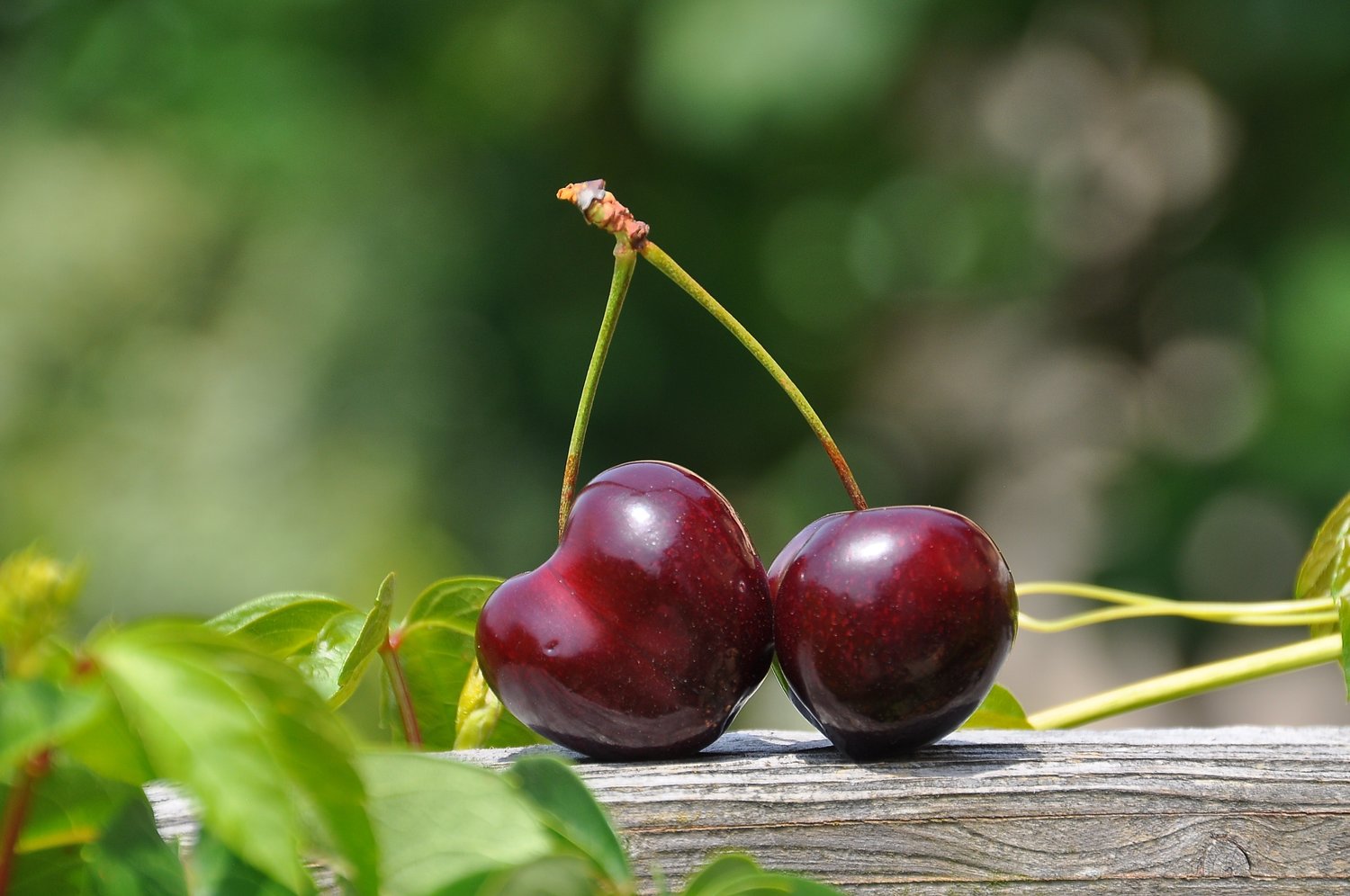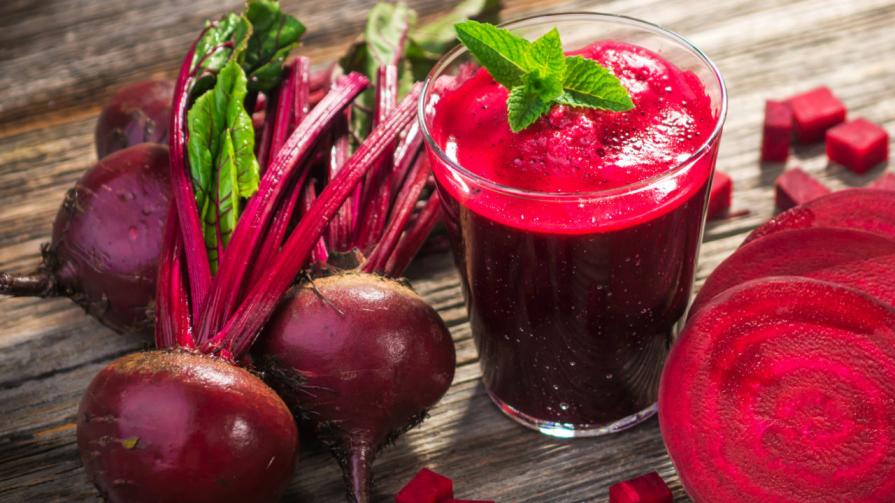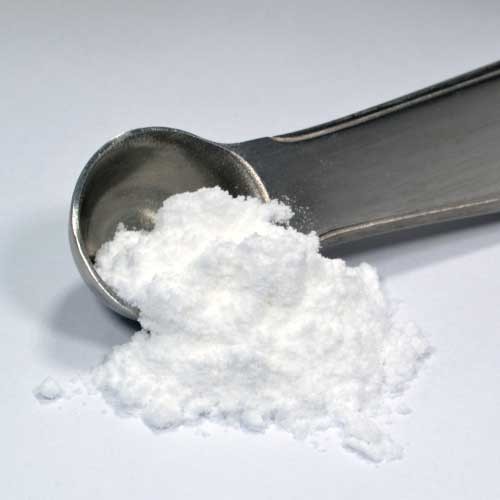5 Ergogenic Aids to Enhance Performance for the Combat Athlete

Written By Jose Rojas - CPT, CISSN, CSCS, SIS & Coach at American Top Team
5 things combat athletes can eat to give them the edge
When it comes to sports nutrition for the combat athlete, there is more to it than cutting weight.
As a matter of fact, the last thing taken into consideration is weight loss.
The focus of the nutritionist should be to enhance performance and improve recovery or turnaround time.
In sports as demanding as MMA or boxing, the body is broken down and rebuilt repeatedly to improve the warrior aspect of the sport.
With combat sports, one of the goals is to cause as much bodily harm to the opponent as possible or put them to sleep.
In addition to bodily harm caused by the opponent, the athlete must also endure rigorous training camps that place high demands on the body prior to fight night.
Throughout the camp, the athlete must tax the body day by day to achieve their training goals for a specific opponent.
Unfortunately, that demand placed on the body, if left unchecked, may lead to injuries or other negative metabolic or hormonal responses.
With these risks present, the athlete and coaches must understand the importance of recovery at the start of the camp all the way through fight night.
Luckily over the years, science has afforded us techniques and tools such as myofascial release and foam rollers.

A nutritional approach to recovery
The mechanical aspect is a very important part of recovery, but just as important is the nutritional approach to recovery.
Our nutrition is the literal fuel that keeps our bodies pushing through countless hours of sparring, rolling, and strength training during the camp.
Of course, there is the obvious approach to nutrition, which is that we must eat to survive, but there is much more to it as an athlete.
When approaching an athlete as a nutritionist our goal is to optimize athletic performance with nutrition that will improve recovery as well as improve the specific athletic performance.
This may be achieved through the use of functional foods, nutraceuticals, and ergogenic sports supplements.
These can all easily be achieved by visiting your local grocery store and supplement store.
Let’s break down the three terms used by giving a quick definition of the three, plus an umbrella term:
- Functional foods- whole foods, fortified, and enriched foods that have potentially beneficial effects on health.
- Nutraceuticals- a product isolated or extracted from foods. (e.g. tea extracts)
- Ergogenic sports supplements- supplements with the purpose of improving performance.
- Ergogenic aid- an umbrella term for stuff you eat that will give you an edge in the gym or competition.
It is important to remember that the three above should be added to the athletes’ diet or used to supplement the athletes’ diet and not be solely relied on for complete nutrition.
You see, there are countless varieties of foods and supplements out there, the key here is picking the right ones that fit your goal. I have seen people spend hundreds of dollars buying large stacks at supplement stores just because they sound good, but isn’t actually needed for what they are doing. A little bit of knowledge will keep your wallet fat and your stomach flat.
Don’t have a nutritionist? That’s fine. I will be shedding some light; on 5 ergogenic aids that should be included in every combat athlete’s lunch box.
*Included with these 5 ergogenic aids will be recommendations from the International Society of Sports Nutrition (ISSN)1
1. Tart Cherry Juice

Probably one of my favorite ergogenic aids based on taste alone. I have seen many claims on “how BJJ saved my life!” yet none mentions how your body feels after rolling a whole week with meatheads who have “white belt” syndrome.
With that being said, there is going to be quite a bit of muscle damage, inflammation, and post-training pain.
The use of tart cherry juice as an aid for recovery has been published in several studies 2-5 but still seems to be overlooked by many athletes. In all studies, the use of tart cherry juice improved measures of 2-5
- Muscles damage.
- Muscle function.
- Recovery.
- Post-exercise pain.
Overall it is a welcoming aid that not only tastes good but also helps alleviate some of the consequences of training.
While there are no exact recommendations as of yet, the juice can be consumed throughout the day or post-exercise.
2. Beetroot Juice
The not so tasty counterpart to tart cherry juice, beetroot juice has its benefits for the combat athlete.
While the goal is to finish the fight within the first round, one must be prepared to go the distance of 25 minutes, and that is where beetroot juice would provide its benefits.
The benefits come from the nitrates in the root, improving the nitric oxide pathways in the body.
While supplementing with sodium nitrite is a banned substance by many anti-doping committees, Beetroot juice is readily available and easy to add to your diet.
Now, I must warn you that beetroot juice will turn your urine and stool red, but fear not! It isn’t blood, it’s just a natural stain from the beets and it is not permanent.
I know this may cause a scare and a rush to the doctor’s office, so I obligated to let this be known. Though if you want to play a prank on your friends… that is a pretty funny and safe route to take. Here are a few benefits of red beetroot juice:

- Positively influences blood pressure.
- Studies in the U.K. have shown that it may appear to lower the oxygen cost of exercise by reducing the total ATP cost of muscle force production7.
- Improved energy efficiency.
So, while the benefits aren’t directly recovery, the energy efficiency will have a positive effect on recovery and injury prevention.
When an athlete is gassed and the demand is high during training, the injury may occur. Having the energy to push through properly without comprising other factors will help prevent injuries.
It may also have a positive influence on recovery as energy is needed to recover, energy efficiency won’t hurt.
*It is recommended to as part of your diet, add 0.5 L of beetroot juice.
The taste isn’t great, but most places sell them with lime, or you can make your own cocktail.
3. Beta-Hydroxy-BetmethylbutyrateTE (HMB)
This little guy right here has worked wonders in the athletic world for many reasons, one being increased lean body mass.
HMB is a naturally occurring metabolite of the amino acid leucine. You can find multiple peer-review studies on HMB, but I’ll save you the trouble and just give you what you need as a combat athlete.
The biochemistry in relation to exercise physiology is so dense that it is easy to lose track, so I’ll touch on one aspect that is easy to digest specifically for the combat athlete.
Muscle protein synthesis (MPS) is an important factor for athletic performance as it is the body’s ability to synthesize protein from our diet.
Many of you may have heard of a leucine threshold… no? Well, in short, it is how we use leucine to activate the mTOR pathway to regulate MPS8.
Now, remember, HMB is a metabolite of leucine, so taking HMB is the luxury of skipping a metabolic process. I’ll list some key benefits of HMB that would be specific to the interests of a combat athlete.
- HMB has been shown to up-regulate MPS.
- Decrease muscle breakdown
- Increase lean body mass
- Increase strength
- Increase power
These benefits absolutely have a positive effect specific to the interests of a combat athlete.
The point of the strength and conditioning aspect of the camp is to increase power and strength, so HMB is going to boost the results.
In addition to the added beef, strength and power, the MPS and decrease of protein breakdown will also be a nice aid for recovery.
In short, the MPS and decreased muscle breakdown may decrease measures of muscular damage and improve muscle functions. It is recommended to take multiple doses of HMB throughout the day.
*I personally go for 3 grams a day.
4. Creatine

This will be the most beneficial supplement you can take as its benefits expand past athletic performance.
People often say absurd things like “oh, this will make me retain water” or “this is like a steroid and will make you huge”.
First of all, we should want to retain water, and secondly, you actually have to put in work to get massive.
Creatine is actually phosphocreatine (PCr) so it has phosphorus which in turn gets broken down leaving to phosphorus to join ADP and create ATP.
The extra P from PCr makes it readily available to synthesize more ATP from ADP.
So, in short, PCr will improve energy efficiency.
Energy efficiency along with building muscle is a minor key I would like you to take away from PCr. In fact, the main reason I listed this supplement is for its effect on the brain.
Creatine may decrease neurological degradation, which as we get older it very important to maintain cognitive function.
Though as a fighter, chances are you are still young, yet your brain is still prone to degradation.
As combat athletes, we are at great risk for traumatic brain injury (TBI) or chronic traumatic encephalopathy (CTE). While the brain and PCr are a new frontier that is quickly growing, PCr may play a huge role in protecting the brain.
Honestly, how many combat athletes want to spend their later years trying to remember the names of loved ones or struggling to function at a normal cognitive level? I personally take PCr every day and will more than like not cycle off for the rest of my life.
There are no negative side effects from prolonged PCr consumption, and if it keeps my noggin safe then I’m all for it.
*The recommended dosing for PCr is 5g a day, that’s roughly 1 scoop spread 5 times throughout the day.*
If you are dosing for the athletic benefits, rest assure the brain will benefit as well.
5. Beta-alinine
Another one of my personal favorites is an intramuscular buffer called beta-alanine.
Have you ever been in a sparring session where things are going well and suddenly, your shoulders start to burn and you can no longer keep your hands up?
That burning sensation comes from acidity building up changing the pH of muscles. As we put in work we create lactic acid and we also break down that lactic acid to convert it into energy.
As we continue to work harder we create lactic acid at a rate that we cannot break it all down, with the byproduct of that being the hydrogen ion.
If you took chemistry, then you will know that the hydrogen ion is highly acidic. The job of beta-alanine is to be the rate-limiting precursor to carnosine, which increases the intramuscular buffering capacity and thereby may delay onset fatigue.
This supplement has benefits for various types of athletes but is dear to me for its benefits in combat athletes which include:
- Has been shown to increase total work done by 139%.
- May increases the time until onset muscle fatigue.
- May improve endurance capacity.
There no detrimental side effects to supplementing with beta-alanine. The only thing one may experience is paresthesia, which a tingling or itching sensation which is common in some pre-workouts most athletes already take.
*The recommended dose is about 6g spread out throughout the day, and take about 21 days of supplementing to get the most out of the benefits. That’s roughly 3 times a day and if the paresthesia is too much for you, then try dosing at 1.6g a day or less.
Train Forward And Prosper
These the top 5 ergogenic aids I recommend for the combat athlete to improve athletic performance.
None of this is rocket science or difficult to find. As mentioned earlier you can find these in grocery stores or supplement stores.
They can all be purchased separately so there is no need to purchase these huge costly stacks or cocktails at the supplement store.
In fact, I recommend that you purchase each one on their own so you can measure the exact dose and know what is going into your body.
Another thing to note is that no specific brand is better than another, pricing makes no difference when the product sold is one ingredient.
While the juices are the best way to consume a dense dose of beets or cherries, the fruit and root are also readily available.
Adding these to your kitchen or gym bag may give you a much-needed edge to push your performance to the next level.
**The research and opinion are that of the writer alone, supplement usage and dosage are up to your discretion and common sense. Supplement intelligently and when necessary seek the advice of a specialist.**
References
1. Smith-Ryan, A., & Antonio, J. (2013). Sports nutrition & performance enhancing supplements. Ronkonkoma, NY: Linus Learning.
2. Howaston G, McHugh MP, Hill JA, et al. Influence of tart cherry juice on indices of Recovery following marathon running. Scand J Med Sci Sports 2010;20(6):843-852.
3. Kuehl KS, Perrier ET, Elliot Dl, Chestnutt J. Efficacy of tart cherry juice in reducing muscle pain during running: a randomized controlled trial. J Int Soc Sports Nutr 2010;7:17
4. Conolly DAJ, McHugh MP, Padilla-Zakour OI. Efficacy of tart cherry juice blend in preventing the symptoms of muscle damage. Br J Sports Med 2006;50(8):679-683
5. Lansley KE, Winyard PG, Bailey SJ, et al. Acute dietary nitrate supplementation improves cycling time trial performance. Med Sci Sports Exerc. 2011;43(6):1125-1131
6. Vanhatalo A, Bailey SJ, Blackwell JR, et al. Acute and chronic effects of dietary nitrate supplementation pn blood pressure and the physiological responses to moderate intensity and incremental exercise. Am J Physiol Regul Integr Comp Physiol. 2010;299(4):R1121-R1131
7. Eley HL, Russell ST, Tisdale MJ. Attenuation of depression of muscle protein synthesis induced by lipopolysaccharides, tumor necrosis factor, and angiotensin II by HMB. Am J Physiol Endocrinol Metab. 2008, 295(6):E1409-E1416.
8. Hill CC, Harris RC, Kim HJ, Harris BD, Sale C, Boobis LH, Kim CK, Wise JA: Influence of bet-alanine supplementation on skeletal muscle carnosine concentrations and high intensity cycling capacity. Amino Acids 2007, 32:225-233.


Leave a comment